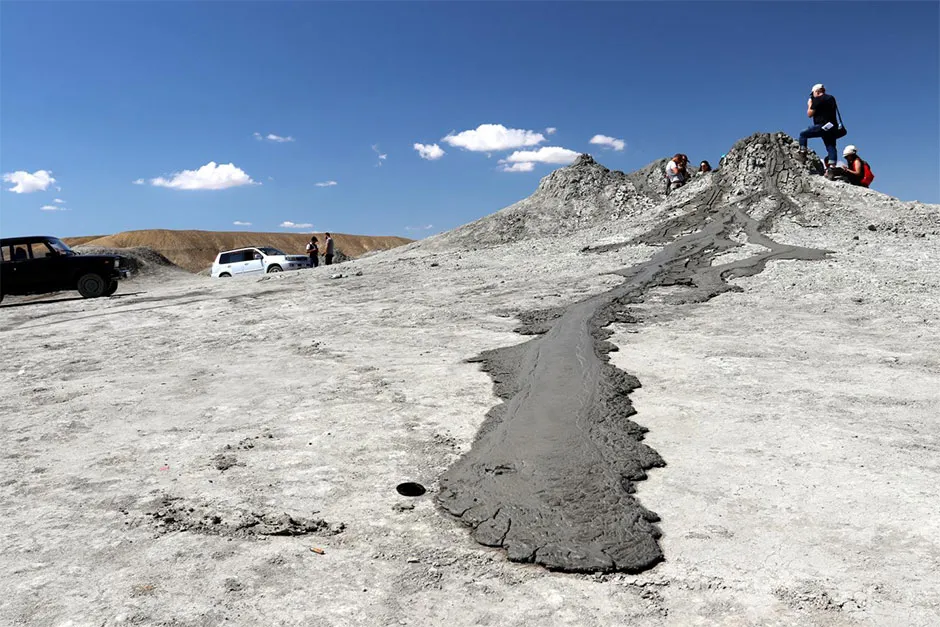Huge Martian landforms that look like ancient lava flows were actually caused by mud, scientists have discovered.
There are tens of thousands of these landforms on the Red Planet’s surface, reaching hundreds of kilometres in length. They occur where ancient liquids have flowed downhill, scouring out massive channels.
They look similar to lava flows on Hawaii, but their true nature has evaded scientists – until now.
Read more about Martian geology:
- Marsquakes caused by tectonic activity, NASA’s InSight probe confirms
- Signs of ancient flowing water found on Mars
A team of European researchers used the ‘Mars Chamber’ at the Open University, UK, to simulate the movement of mud on Mars and Earth.Inside this vacuum chamber, it’s possible to recreate the low atmospheric pressures and cold temperatures of -20°C found on the Martian surface.
In Earth-like conditions, the mud flowed freely, but in Martian conditions, the mud formed unusual shapes similar to those seen in spacecraft images of the Red Planet.
This happened because the Mars-like mud rapidly gained a frozen crust. Liquid mud spilled out through ruptures in the crust, and then refroze to form new shapes.

The mud on Mars is thought to have come from catastrophic flooding, comparable to the largest floods ever known to have occurred on Earth. As the floodwater seeped beneath the surface, it took sediments with it, which could erupt to the surface again as mud.
This process, called ‘sedimentary volcanism’ may also occur on the dwarf planet Ceres, which could harbour a muddy water ocean beneath its icy crust.
“We suggest that mud volcanism can explain the formation of some lava-like flow morphologies on Mars," said Dr Petr Brož, lead author of the study at the Czech Academy of Sciences.
"That similar processes may apply to eruptions of mud on icy bodies in the outer Solar System, like on Ceres.”
Reader Q&A: Do all planets have magnetic fields?
Asked by: Daniel J Buhs, US
No, not all planets have magnetic fields. The four gas giants have extremely strong magnetic fields, Earth has a moderately strong magnetic field, Mercury has an extremely weak field, but Venus and Mars have almost no measurable fields.
Planetary magnetic fields are formed by the interaction between the convection of interior conducting material (molten rock and metal) and the planet’s own rotation. Mercury’s field is weak because it rotates so slowly. Venus doesn’t have an appreciable field because there appears to be little convection in its molten interior. Mars doesn’t have an appreciable field – although it did in the past – because its interior has solidified.
Read more: